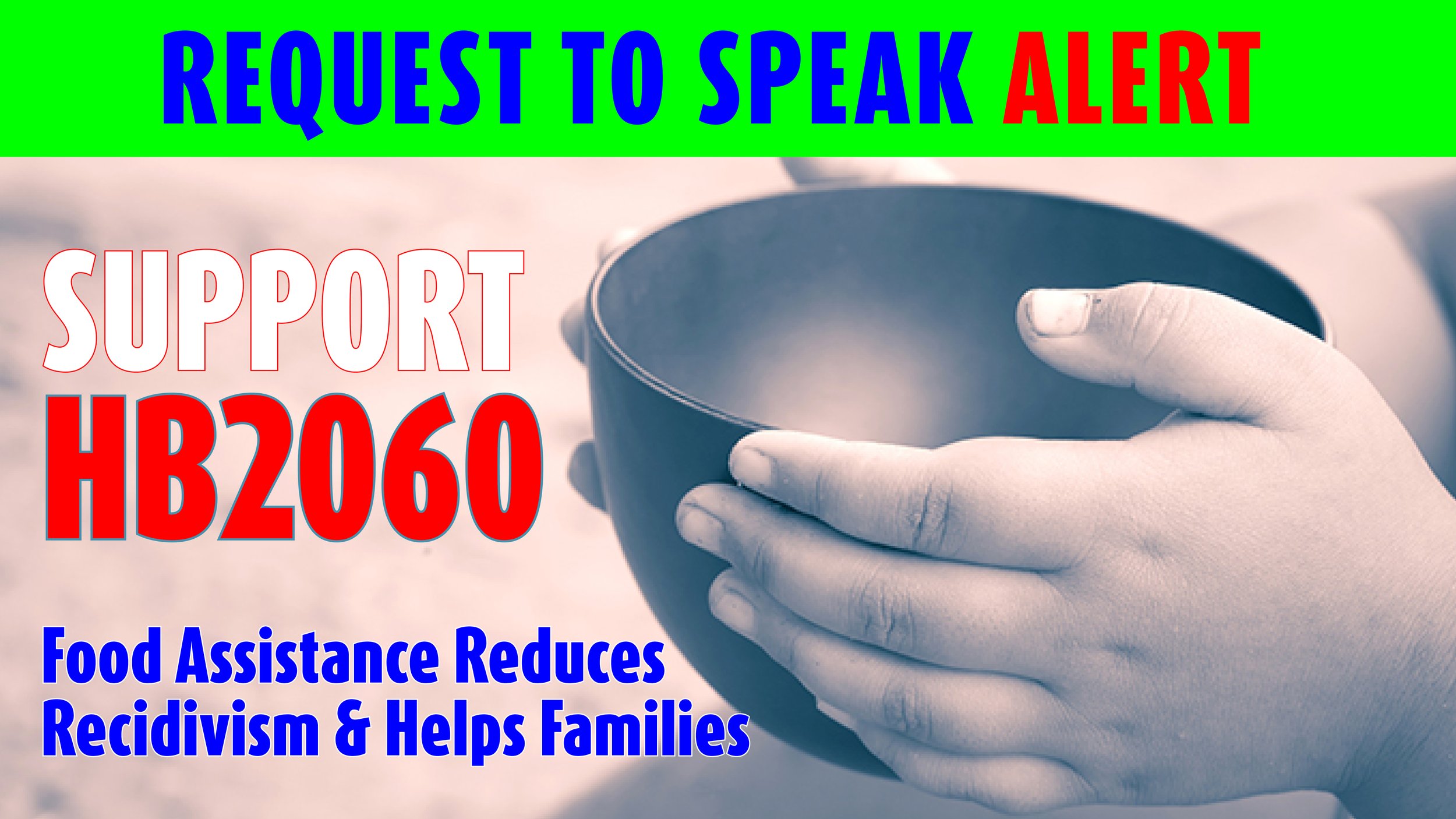
Stay connected.
RTS ALERT: HB2060 Food Assistance Reduces Recidivism & Helps Families
RTS ALERT: HB2060 ~ Food Assistance Reduces Recidivism & Helps Families
More Older Adults Experiencing Food Insecurity, Not Applying For Food Stamps
According to a Feeding America pre-pandemic study, 5.3 million older adults are food insecure and often the biggest hurdle towards food security is the lack of information on available help. An interview with Interview with Angie Rodger of Arizona Food Bank Network on SNAP.
A Food Program for Women and Children Is About to Get More Federal Support
Unlike SNAP, WIC has a smaller budget, and less of a spotlight. Now, Congress and the USDA are working to address food insecurity in families head-on by investing in and modernizing the program.
What the American Rescue Plan Means for Child Poverty in Rural America
President Biden’s Covid-19 relief package is poised to bring a historic reduction in poverty rates, with nonmetro counties among the biggest beneficiaries.
Support SB1369 to help Arizona's food banks
Food banks are a lifeline for Arizonans in need. That has never been more clear than during the COVID-19 pandemic, when our food banks have seen 2–3 times as many people in their lines.
Food banks struggling to feed hungry during Covid look forward to Biden's fixes to SNAP program
During Covid-19, food banks have been swamped, serving people who don't get SNAP benefits and millions more whose SNAP benefits don't provide enough food.
Biden Plan To Expand Child Tax Credit Could Help Lift Millions Of Kids Out Of Poverty
A big part of the administration’s coronavirus relief package is focused on children. The president says he wants to expand the federal child tax credit, which gives families money for each child they have — or at least reduces their taxes. This change could help lift nearly 10 million children above the poverty line or get them closer to it.
New USDA Guidance Clarifies States’ P-EBT Flexibility to Mitigate Child Hunger
The U.S. Department of Agriculture (USDA) issued an important new tool at the end of January to help states implement Pandemic EBT (P-EBT), which provides federally funded grocery benefits to replace the meals that children are missing when they’re not attending school or child care.
Food Assistance in President Biden’s COVID Relief Plan Would Reduce Hardship, Provide Economic Stimulus
The American Rescue Plan, the emergency relief proposal that President Biden announced in mid-January and that Congress will begin considering soon, includes key investments to mitigate high levels of hunger and hardship.
Support HB2142 Agriculture Workforce Development Program
HB2142 will be heard in the Arizona House Appropriations Committee on Wednesday, January 27, 2021. Your help is needed to urge committee members to vote YES on this important issue.
Executive Action on Food Assistance Strengthens Federal Response to Hunger
CBPP on January 22 released a statement from Dottie Rosenbaum, Senior Fellow and Interim Program Area Lead for Food Assistance, on the President’s new executive order that includes changes in food assistance.
Millions of students and adult dependents won’t receive a $600 stimulus payment
Young adults think the current eligibility standards disregard families that need the additional money.
LAMA Summit Followup
The presentations by Dr. Ryan Cumming of ELCA World Hunger and Ms. Angie Rogers of Arizona Food Bank Network for the LAMA Summit on November 7 were excellent ~ well worth viewing!
4 in 10 Children Live in a Household Struggling to Afford Basics
More than 4 in 10 children live in households that struggle to meet usual household expenses. … The figures underscore the need for policymakers to agree on a strong, bipartisan economic relief package.
Congressional Inaction Exacerbates Hardship
As evidence of profound hardship resulting from the COVID-19 health and economic crises mounts, powerful tools to mitigate suffering and bolster economic activity will be unavailable to state and local government without congressional action.
1 in 10 Americans are struggling to afford enough food amid the pandemic
The current rate of food insecurity, which is when you don’t have reliable access to a sufficient quantity of affordable food, is about 10% of Americans, or 22.3 million. In 2019, while not quite apples-to-apples, the rate was 3.7% of Americans.


















